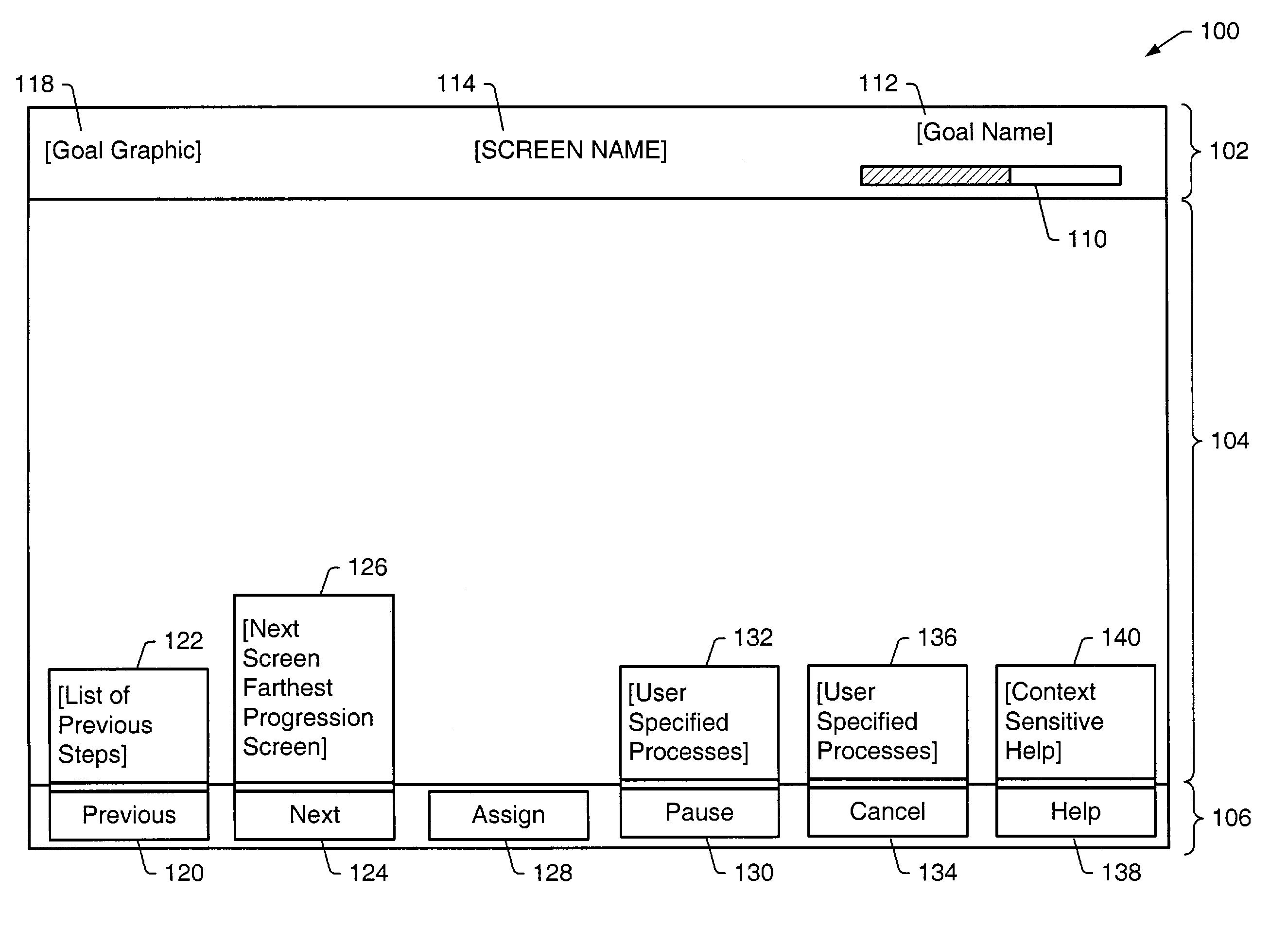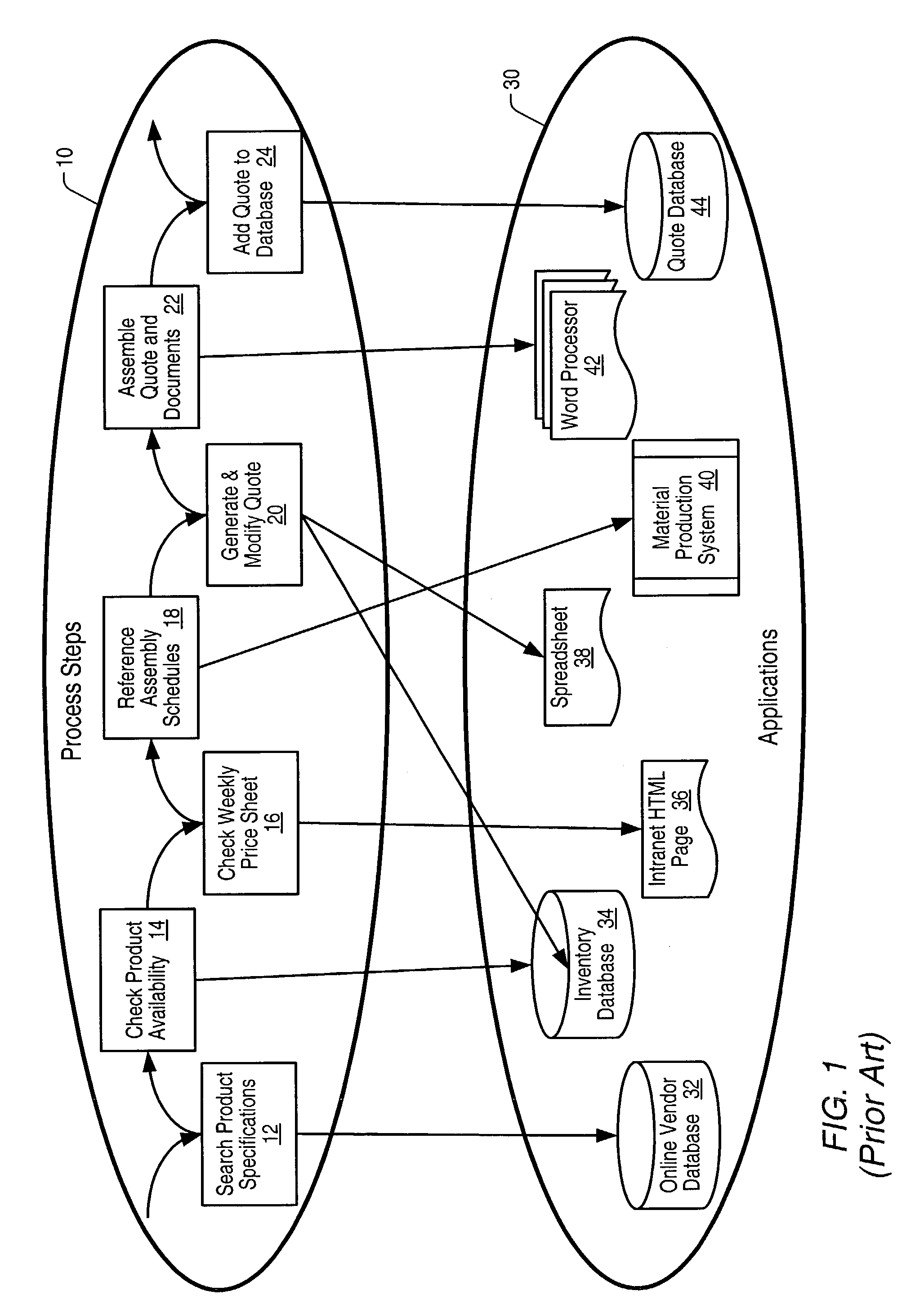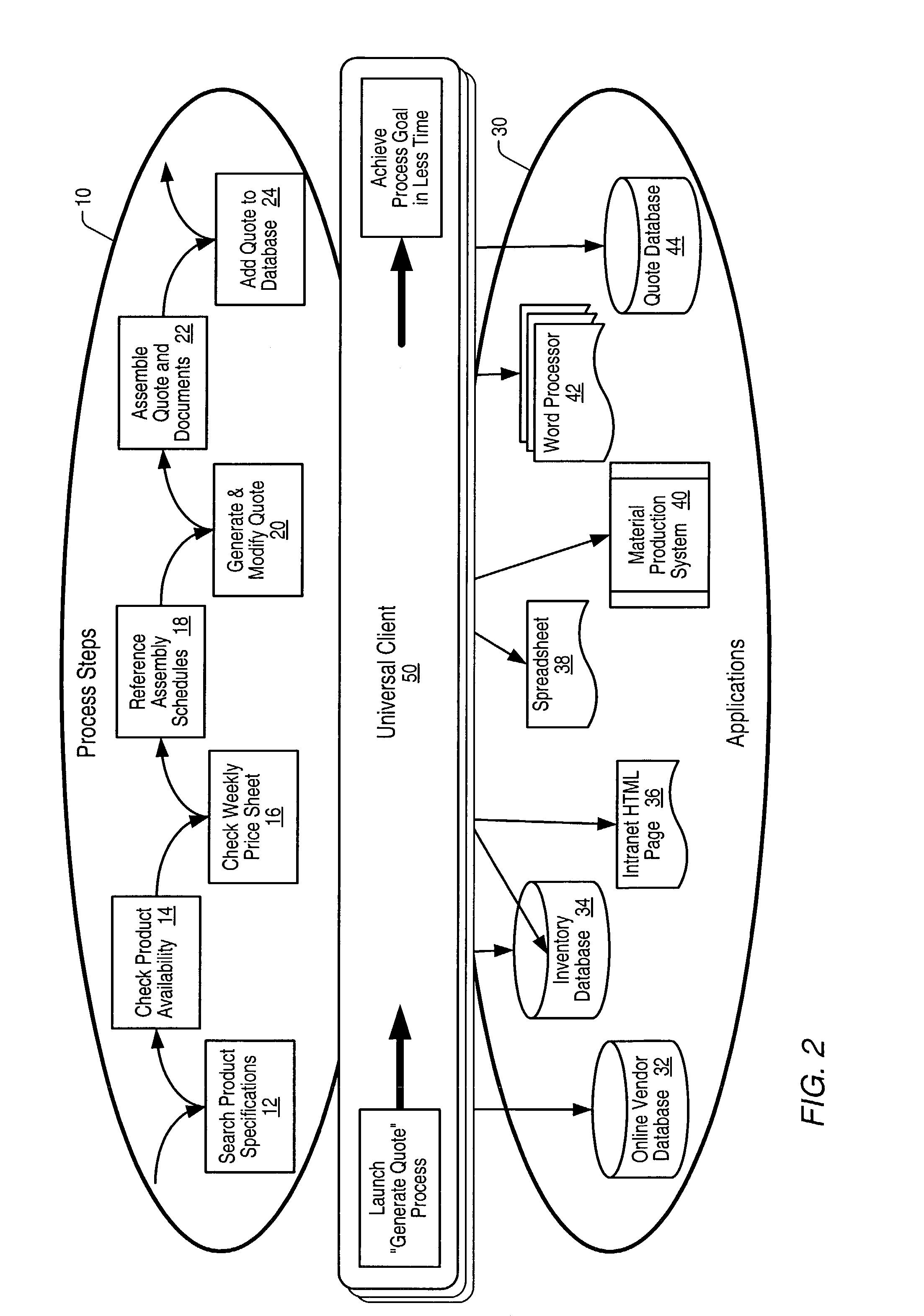Using
enterprise software to accomplish a
business process can be an extremely complicated undertaking today, given the plethora of different systems and complex interfaces that people must manipulate.
Unfortunately, most firms are unable to realize the full benefits of these investments because the
usability of their systems has lagged behind the improvements in hardware, infrastructure, and applications.
Also,
software has continued to increase in complexity and become rich with unnecessary, extraneous features.
Compounding the problem, the integration of systems within an enterprise has caused those systems to become more complex.
This interaction adversely affects
usability at multiple levels within the enterprise, due to the simultaneous contributions of
software applications, business processes and functions, and
system integration.
A key difficulty has been the way in which information systems have been defined as merely a group of applications that automate tasks to improve the efficiency and / or accuracy of specific work activities.
Application functionality is a key driver of competition in the
software industry, and this has caused developers to focus on the race for additional features, at the expense of software
usability.
However, more powerful applications do not necessarily yield more productive workers.
For any individual user most features will be useless.
Even if it only takes the user half a second to check features they do not need, at the end of the year, many hours may have been wasted.
Adding features that have less and less utility has made it more difficult for typical business users to find the correct features to achieve their objectives, because there is a larger set to choose from.
The bottom line is that these extra features waste user time and system resources.
These usability problems are compounded when a business process requires users to use several different applications to accomplish their goal, a common situation in most organizations.
Even companies that have invested heavily in ERP systems and
enterprise application integration are finding this to be true, because they are unable run their entire business on just one
information system.
Business users today must use very complex software applications, and plenty of them, to get their work done.
The difficulty that people encounter when using
enterprise software contributes to poor customer service and lost business opportunities.
Even after people are trained, it is hard for companies to retain their intellectual capital due to turnover and undocumented “work around” processes.
All of these issues prevent companies from realizing the intrinsic
business value that currently exists within their corporate information systems.
However, development of
custom software is an extremely arduous task that most IT departments lack the time and / or skill to accomplish.
Fourth generation
programming languages and graphical
programming tools, such as
Visual Basic or PowerBuilder, may assist in development time and ease, however, even with such modern development tools, development time and difficulty may be prohibitive.
Component mapping typically requires a large portion of the development time.
Thus, component
data mapping and validation coding typically consume a large portion of development time.
Also, as business tasks and processes become more complicated, more and more components may be added to a
user interface to accomplish the tasks or processes.
Not only does this complexity lengthen development time, but the usability of the
user interface typically decreases with complexity.
A display or
user interface containing multiple components to perform various functions and tasks simultaneously may require a lengthy
learning curve for a business user, such as a warehouse worker or sales person.
Also, the complexity may lead to more mistakes in using the user interface.
Another problem faced by
enterprise IT departments is that once enterprise software is developed to accomplish a business process, the
executable code must be distributed to each user's computer.
Not only is distribution of executables
time consuming, but version problems may result.
If an employee uses an old version, he may not perform his task correctly.
Also, old versions may cause synchronization problems with other software such as a
database which could result in crashes or
data corruption.
Some of these problems may be solved by performing distribution and version control over the company
local area network (LAN), but if a user fails to leave his computer on and connected to the network, then the same problems may result.
This approach requires much time and attention from the user (e.g., salesperson), and also requires a considerable amount of time learning the unique activities, applications, and systems involved in the process.
Time spent in learning to perform all of the disparate activities in the process and learning all the different applications, as well as time spent in unnecessary
data conversion or other low-level tasks is not the most productive use of a salesperson's time.
In addition, changes to any of the associated applications will require retraining of the sales force, and may necessitate modifications in the quote
generation process.
The total required development time may be prohibitive so that the business may be forced to use less efficient off-the-shelf solutions.
Thus, development and maintenance of an application-specific process may be shorter and less expensive, and it may require less
programming skill.
 Login to View More
Login to View More  Login to View More
Login to View More 


